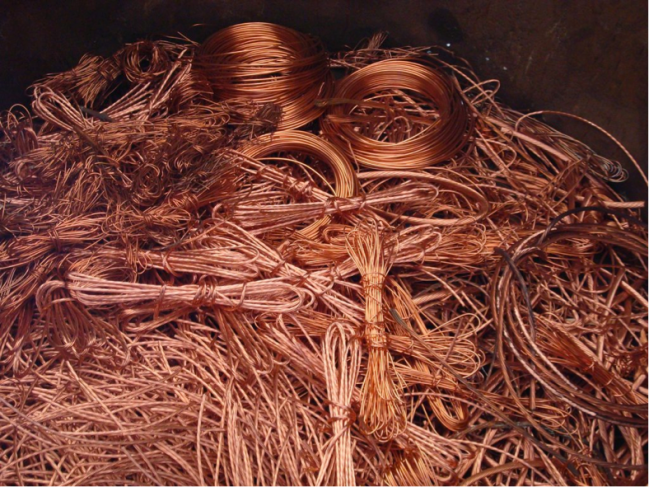There are a lot of purposes for copper wire, and all of these different purposes can require a unique kind of insulated wire. Copper has been the main conductor of electricity in a lot of wiring ever since the birth of the telegraph in the 1820s. Because of the many uses for it, different wiring types have been constructed for each use over the years, many of which I’m sure I’ve used more than I remember. For example, there is a fairly large difference between wires used for automotives, telecommunications and appliances. There are a lot of types that serve different purposes such as copper wire cables and braided wire, just to show you how we’ve messed with this technology through the centuries.
General Uses
Used for buildings and homes, there is almost nothing copper can’t conduct. In fact, copper is so prevalent in homes and businesses that buildings can simply be labeled “all-copper” to signify that every wire running through the structures is comprised of copper. From circuit breakers to heavier appliances, copper is a major material used in just about every area of the home. That’s how reliant we are on this stuff. Forget about if the Internet disappeared; if copper did now, we would still be in a lot of trouble.
Speaking of the Internet, copper wire can also be found in computer system mainframes. Because of its versatility, its ability to be solid, stranded, or even braided makes it useful for just about any application imaginable. Each use can benefit from a uniquely produced wire type.
Automotive and Marine Wire
Normally used for vehicles or marine applications (though not limited to them of course), this kind of wire uses tinned copper which resists water corrosion, and bare copper conductor for automotives. There is a variety of general purpose wire styles, including:
- GPT – Used for circuit wiring
- TWP – Smaller in diameter than GPT, this wire is used for applications requiring thinner wire
- HDT – Great for more protection than GPT
- SXL – Optimal for areas where more heat resistance is required, with a maximum temperature of 125 degrees Celsius
- GXL – Solid for thinner wire requirements and higher heat resistance
- TXL – In addition to high heat resistance and a thin diameter, this copper wire is also more lightweight.
There are also wires for trailer and conductor cables, along with SGT, SGX and STX wire types in batteries.
Household Integration
You know the back of your T.V.? The F connector coaxial cable connected to it may seem to be disguised to look nothing like copper, but if you look in the center of the plugging end you can see the copper wire poking out.
Copper is also used in a ton of other electronics, like telephones and computers. Structured wiring is the use of modern day copper wiring to connect computers to each other so they can have a high speed connection. Structured wiring is used for connecting computers to other devices as well such as printers and fax machines. Ethernet cables use it, and I guarantee most of your appliances anywhere in the home use it, from your washing machine to your microwave.
Most copper wire cables are either solid or stranded. Stranded is more flexible but both are really conductive. Braided wire is used not so much for electrical purposes, but to coat and support other wires. When braided, copper is really flexible, and at the same time tough. You can even coat your hoses with it to keep them from bending and tearing.
Copper Wire is Still Necessary in the Digital Age
Since we have developed such a dependency on it, copper wire is likely to stick around for a while. The uses for it are so extensive that the world would need to restart just about every electrical system before copper can safely disappear. So many different types have been developed for individual uses, from braided wire to solid bare copper wire, making it integrated to the point where we just can’t let go. Its strength reveals why it has been around for so long, and why automobiles use it due to its ability to withstand more extreme temperatures, fire and other elements.
At the same time, it’s one of the most inexpensive and plentiful materials to come across, making it a lot better of an investment than other more costly and yet less useful materials. I’ve been able to find copper wire cables in bulk, in spools no less, for some larger wiring projects I’ve worked on at home. It’s definitely not an expensive option and its usefulness makes it perfect for anything requiring a lot of conductivity

